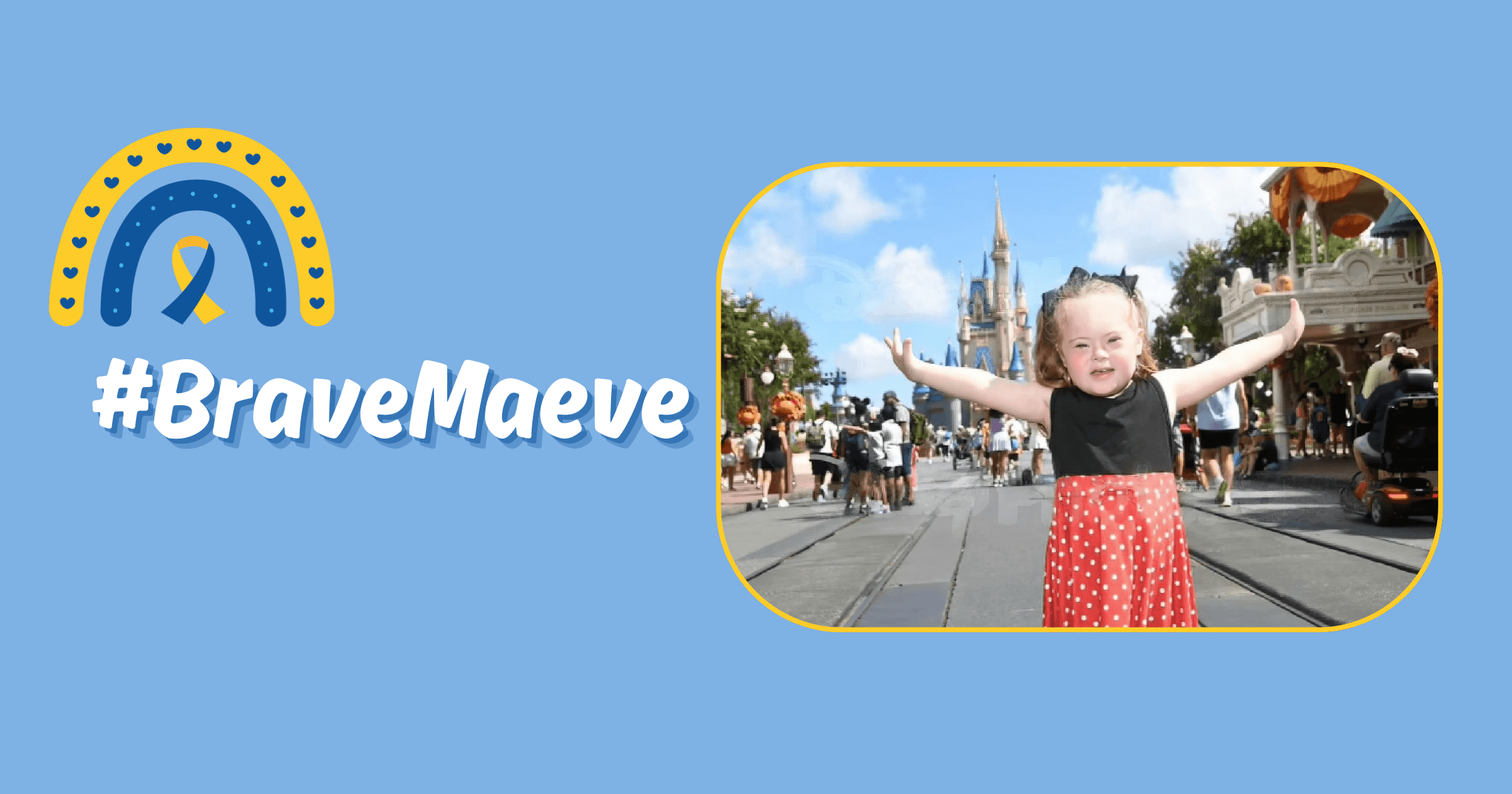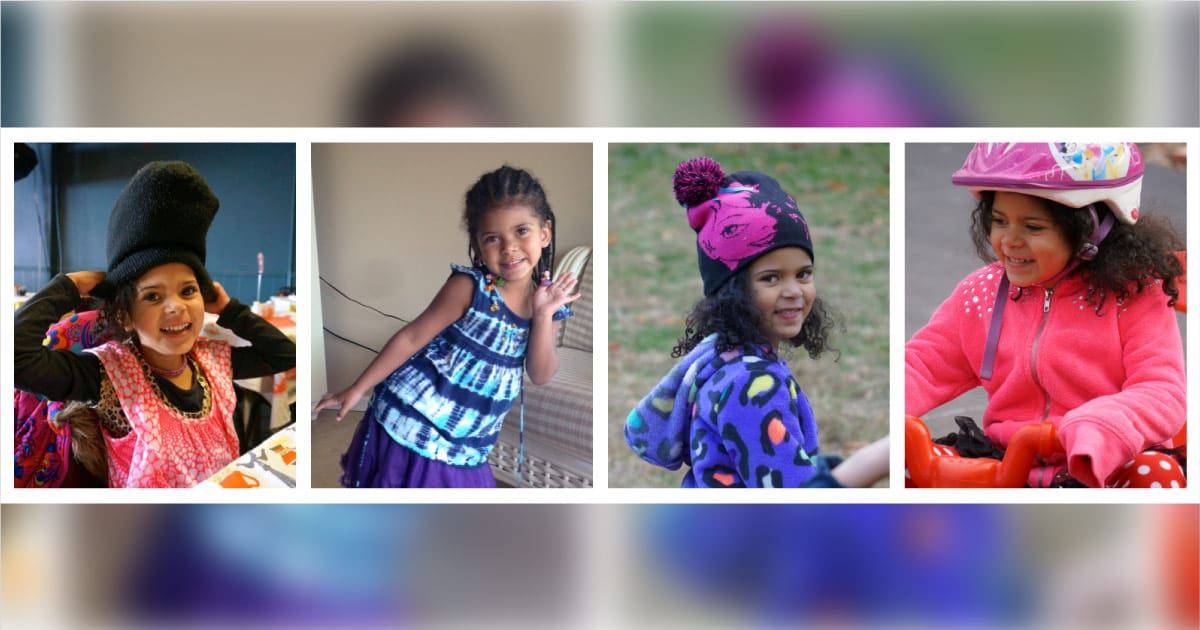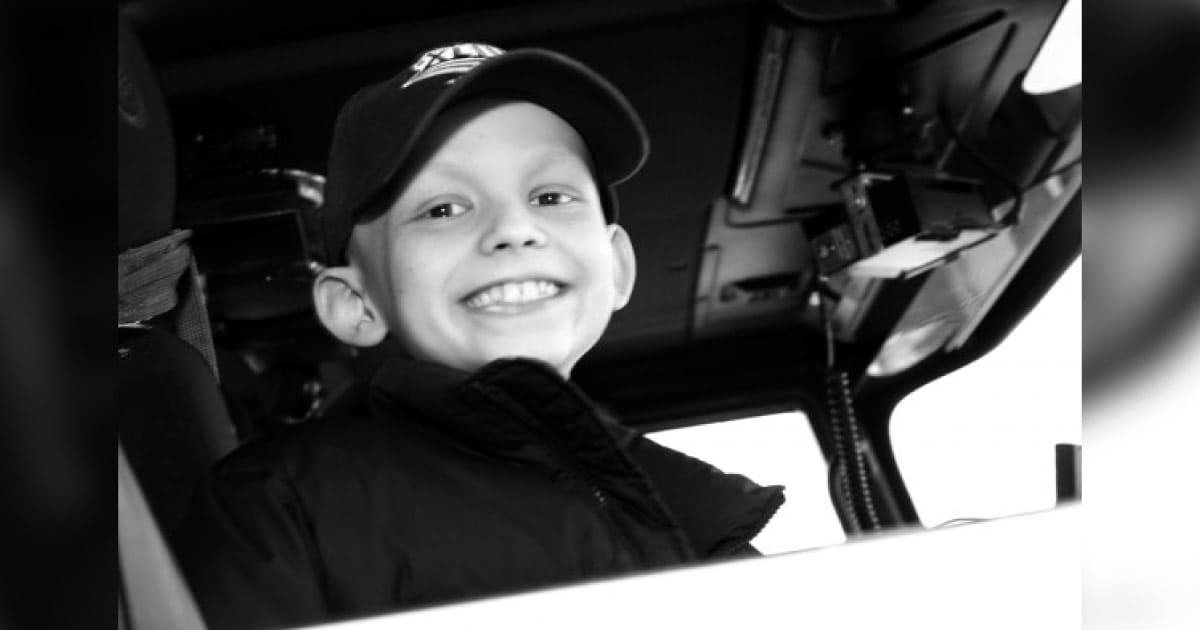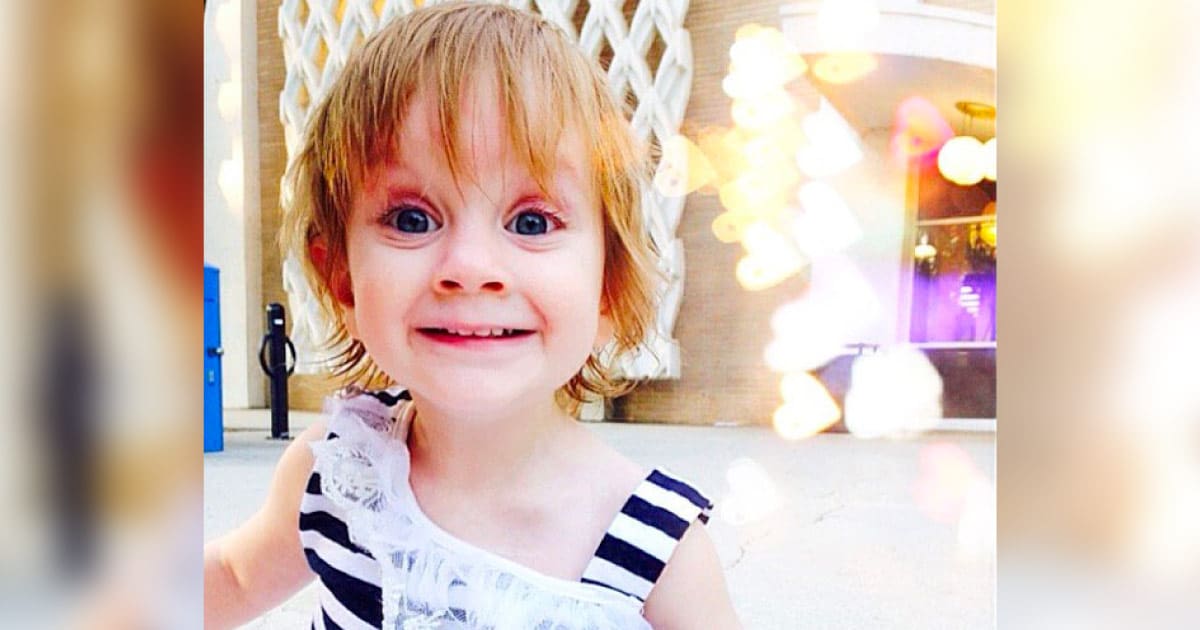Everyone who knows Maeve would agree that to know Maeve is to love her. Part of her spirit is the fact she has never met a stranger. And the best part of her charm is how quickly she will bring you into her world – she loves showing off her favorite baby doll (Penny) and her favorite handheld toys (pop-it bracelets) or inviting you to read her favorite book (she’s always surrounded by 100). Maeve’s aura is love – she is full of light and joy. It may seem like the thing all moms would say about their child, but I can honestly say every person who meets Maeve has always been under her spell. I am quite the introvert, but Maeve is the opposite and loves commanding a room full of attention (much to my chagrin) – which she has no problem getting wherever she goes. The saying goes for Maeve – “extra chromosome, extra everything.”
Maeve’s Down syndrome diagnosis was confirmed via genetic testing at 27 weeks gestation. At the time, we were told about a plethora of health concerns regarding kids born with Down syndrome including leukemia (children with Down syndrome have a 10-20 times greater chance). Maeve was born with health challenges (including heart defects, endocrine issues, extra kidney fluid, sleep apnea, asthma, ENT concerns), and my wife and I became medical parents right from the beginning. We navigated many specialists, and we included bloodwork every 6 months with our routine. I remember discussing briefly with someone, “we do bloodwork because of the risk of leukemia,” but I do not think I gave the implication of those words much of a thought at the time. After a few years, Maeve’s health became second nature – we got into the routine of visiting specialists, keeping a close eye on any “odd” symptoms, we attended regular pediatrician visits. Although Down syndrome comes with risks of health issues and usually means extra services like speech, occupational and physical therapy – Maeve’s life was much like any other child.

In the summer of 2024, Maeve attended summer school for pre-kindergarten. Maeve goes to school with her typical peers during the regular school year, and over the summer, she receives extra services because of her disabilities. In June, we noticed Maeve was sleeping more than usual so we asked her endocrinologist – “she’s just a tired toddler because of her long days at school.” Her bloodwork had just been done in May so no reason to repeat anything yet – they told us to wait until September. I also noticed she was sweating a lot in her sleep, but the doctors didn’t seem concerned. Her legs had some bruises – but I thought, “kids fall a lot in school, right?” At the end of June, she started limping and dragging her leg. But the best orthopedic specialist in our area couldn’t find anything wrong. He was perplexed so he ordered an MRI, but the earliest they could get us in was September.
As the summer passed, I felt like I had consulted every single specialist on her team about one of the symptoms she was experiencing, but health concerns had always been a part of our life, and I wasn’t putting all the small pieces together, and neither was anyone else. The week of her scheduled MRI in September, four days before, I took her to the urologist for her frequent UTIs and the urologist diagnosed her with constipation. She told me to start giving her some MiraLAX and all should be fixed. She gave me a script for bloodwork and said, “if she’s going under anesthesia for the MRI, just get it done then.” Two days later, Maeve woke up unable to stand. She still had not gone to the bathroom even with the MiraLAX. I knew something was wrong, so I called the pediatrician. They told me to keep up with the medicine, but I knew she needed help. I took her to Stonybrook Hospital – initially for what we thought was severe constipation.
The emergency room took my concerns seriously. They knew I was well-versed in Maeve’s health and we finally pieced together all the concerns. Her liver and spleen were enlarged, she was covered in bruises on her legs, sleeping over 15 hours a night, frequent night sweats, frequent UTIs – “let’s do some blood work.” Maeve’s white blood cell count was over 50,000. The emergency room doctor came in with a piece of paper confirming Maeve’s blood results, and I said through my tears, “I never really thought it would happen to us even though we knew she had a chance.” We were immediately admitted to the oncology unit at Stonybrook Hospital where we would stay for the next 25 days.

Maeve was diagnosed with acute lymphoblastic leukemia on September 16, 2024. At the time of diagnosis, her blood cell count was over 50,000 which put her in the high-risk category. And her diagnosis of Down syndrome put her in another category. Children with Down syndrome have their own treatment plans for leukemias due to the way they respond to treatments. We have learned firsthand through Maeve’s treatment that children with Down syndrome react to chemotherapy drugs in different ways than their typical peers. Sometimes, Maeve’s dose must be lower or altered because the toxicity of the drug is different for a child with Down syndrome.
At the beginning of treatment, Maeve responded so quickly and so intensely to the initial chemotherapies that she ended up in the ICU. One nurse commented that they had never seen a child respond more quickly in her entire career on the unit. Unfortunately, Maeve lost all of her hair within 3 weeks of starting chemotherapy, and she immediately lost her ability to walk. Introducing chemotherapy to Maeve threw her entire body into shock, and she experienced from the beginning why treatment plans differ so much for kids with Down syndrome.
Maeve’s entire treatment plan is designed for kids with Down syndrome and the research that has been done to treat kids with 47 chromosomes. But we have seen so many adverse side effects even on the lower doses of chemotherapies. In addition, we constantly must monitor the health issues that she had BEFORE leukemia. Maeve has spent at least 10 days or more each month since September inpatient due to chemotherapy or treatment side effects/toxicities. As an example of treatment differences, Maeve just finished her interim maintenance portion of her treatment plan. Due to her high-risk, DS track, Maeve’s high dose methotrexate was given over 24 hours in a hospital setting. After the 2nd round of treatment, Maeve’s doctors realized that the side effects and subsequent complications occurring after each dose were considered toxic. They chose to lower her 3rd and 4th round doses. Even with the lowered dose, Maeve’s 4th round of methotrexate has caused such extreme mucositis that she is experiencing some of the worst pain/side effects since treatment began.

Maeve’s treatment plan also does not include the same phases as a standard ALL treatment plan, and Maeve will not do any blina blocks (blinatumomab). Maeve’s treatment has gained the reputation of “Maeve is going to Maeve” which means, expect the unexpected always and let’s be better safe than sorry. Her doctors and nurses have become so attuned to the differences in the way her body reacts to treatments, and they are always prepared to handle the health concerns. We are forever grateful to her team at Stonybrook Hospital for taking all her needs seriously and always being ready to tailor our treatment plan.
Maeve gained the nickname “Brave Maeve” while I was pregnant. We knew she would face challenges because of Down syndrome, but we never knew how fitting her nickname would be as she grew up. Maeve truly shows a bravery no child should ever have to show. She has learned the new cancer routine the way she learned her old school routine – greeting every nurse, doctor, and hospital worker by name with a wave and smile, helping her nurses draw her labs, showing people how to do vitals. Maeve’s sing-a-long performances never fail to cheer up all the nurses (she even got a nod from Lady Gaga on TikTok for her dancing), and she loves to visit them at the nurse’s station to help them work. Maeve truly treats every medical professional she is with every day like they are her best friends. And while Maeve is well known for her sunshine and love, she is also well known for telling everyone exactly how it is. She is so well-loved that even when she is telling the nurses or doctors to go away, they can’t help but love her even more for her blunt delivery.

Maeve inspires us to look at the brighter side because she holds no grudges on the hand she’s been dealt since she was born. Children with disabilities, in one way or another, are constantly fighting to keep up in a world made for typically developing. Maeve has attended a form of physical, occupational, or speech therapy since she was 6 weeks old – an attempt to keep up with typically developing peers. She pushed the bounds of what people expected of her since birth – many doctors told us she may never learn to talk, or she may never be on grade level at school. But she talks, signs, and attends school. I have been advocating for Maeve since her birth – always an attempt to show the world the worth of children with disabilities. And now, she is fighting cancer but still pushing on every day with her Brave Maeve spirit. I hope sharing her journey with the world continues to push the dialogue about childhood cancer as well as the need to further the development of treatments for children with comorbidities.
Childhood cancer looks different for every family. No one quite has the same story, but we all have the same desire – a cure. I am thankful for the research/trials that have been done to ensure kids with Down syndrome have options for their unique bodies. But it’s not enough, and it will never be enough until children no longer experience cancer.



